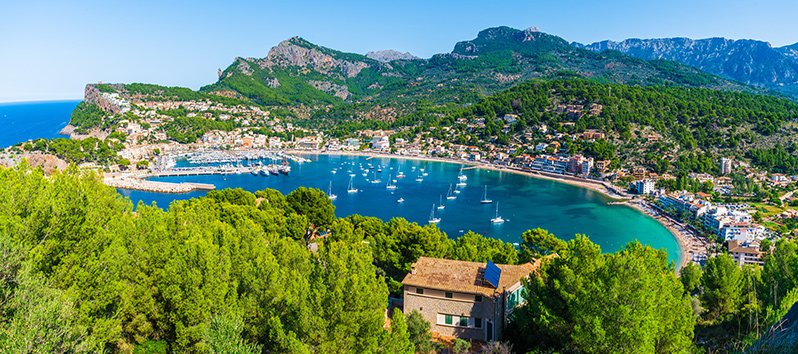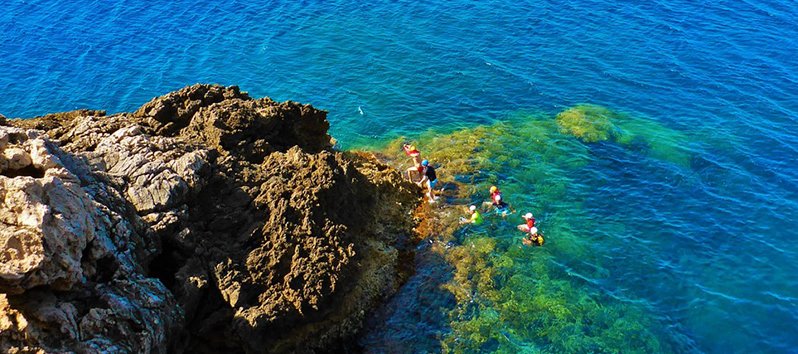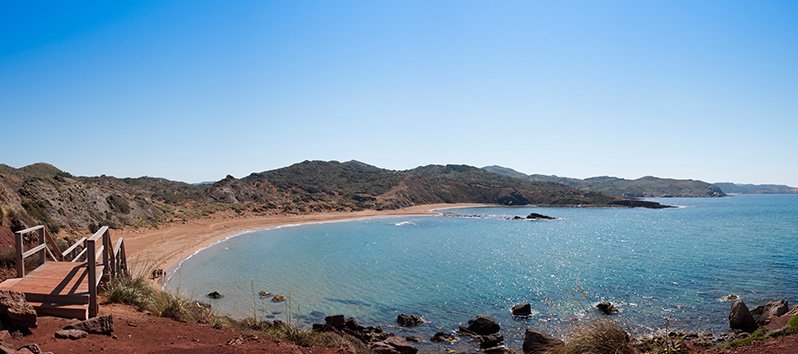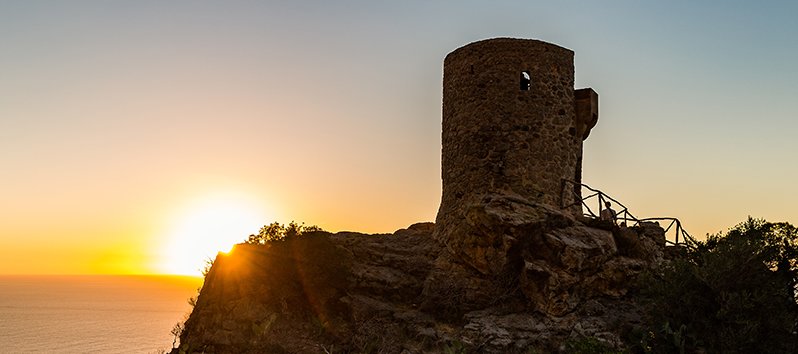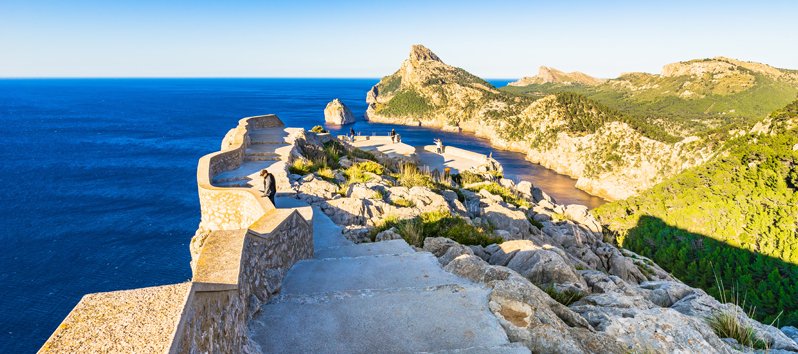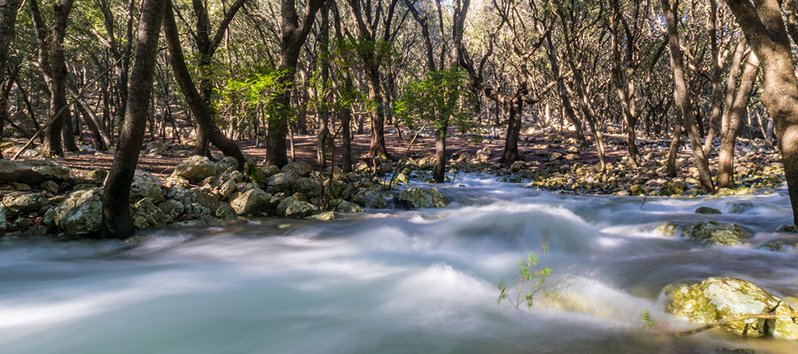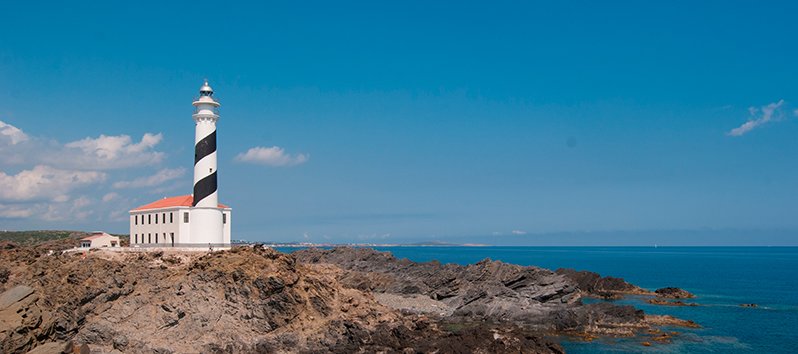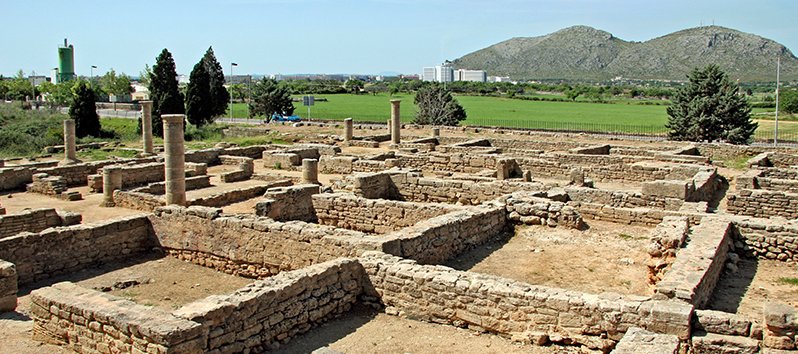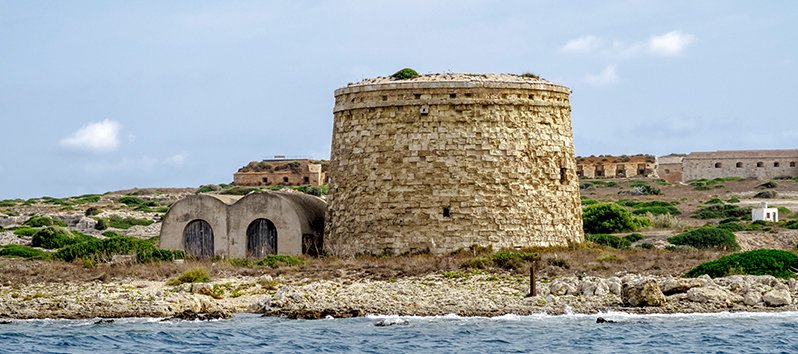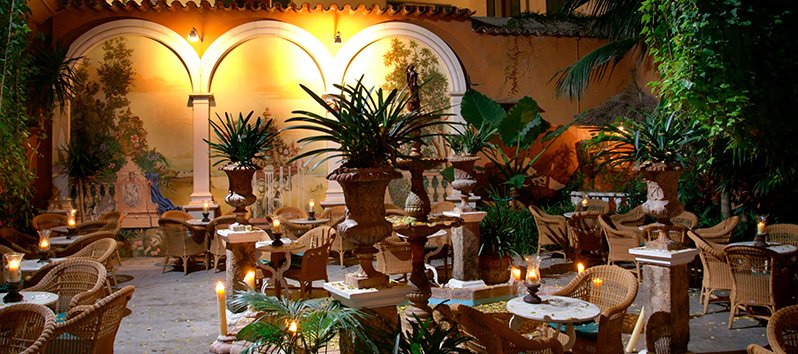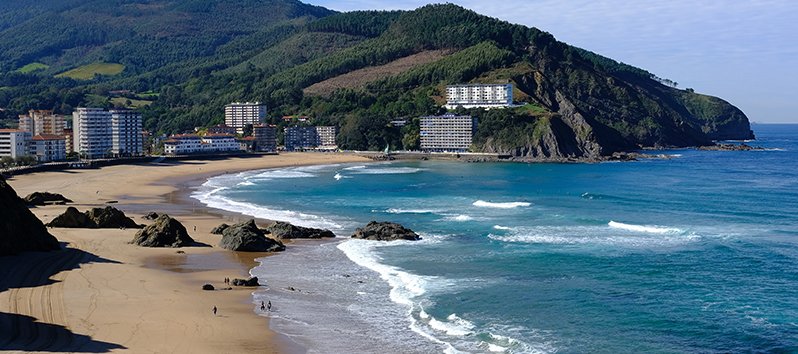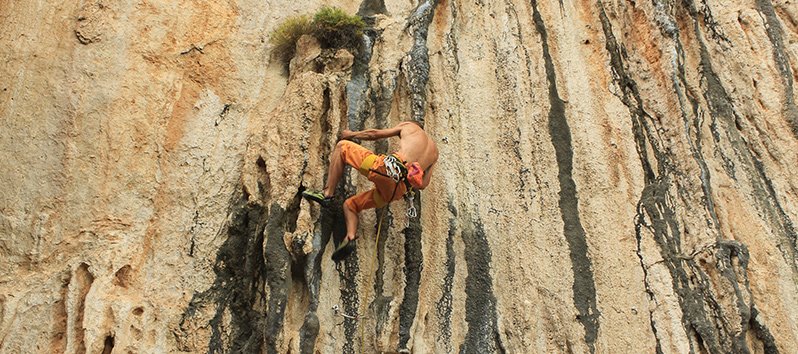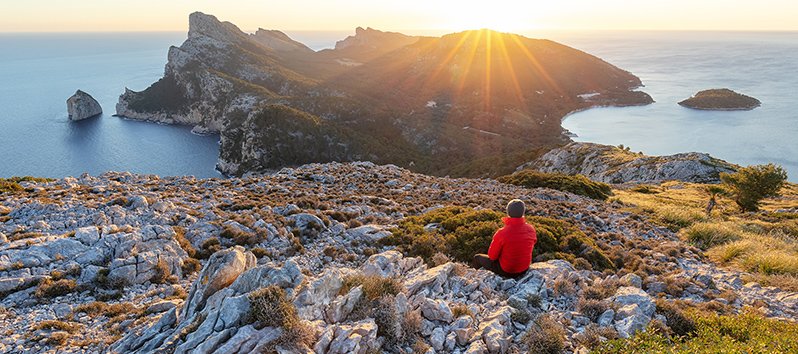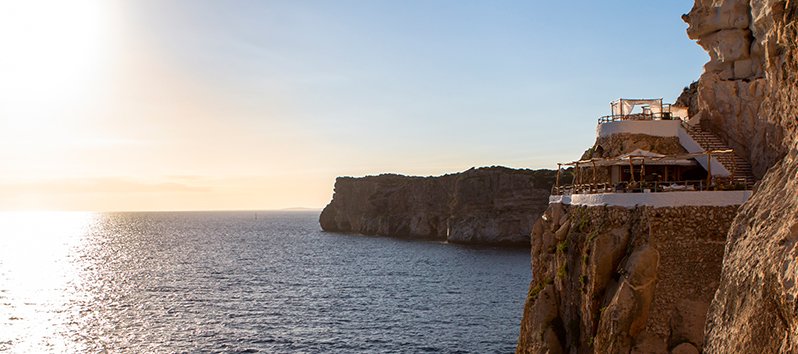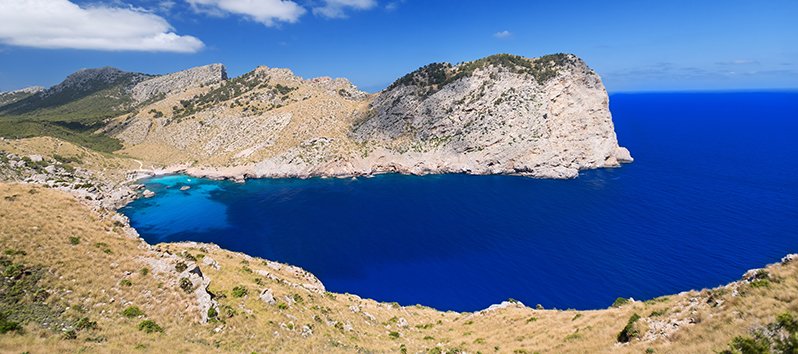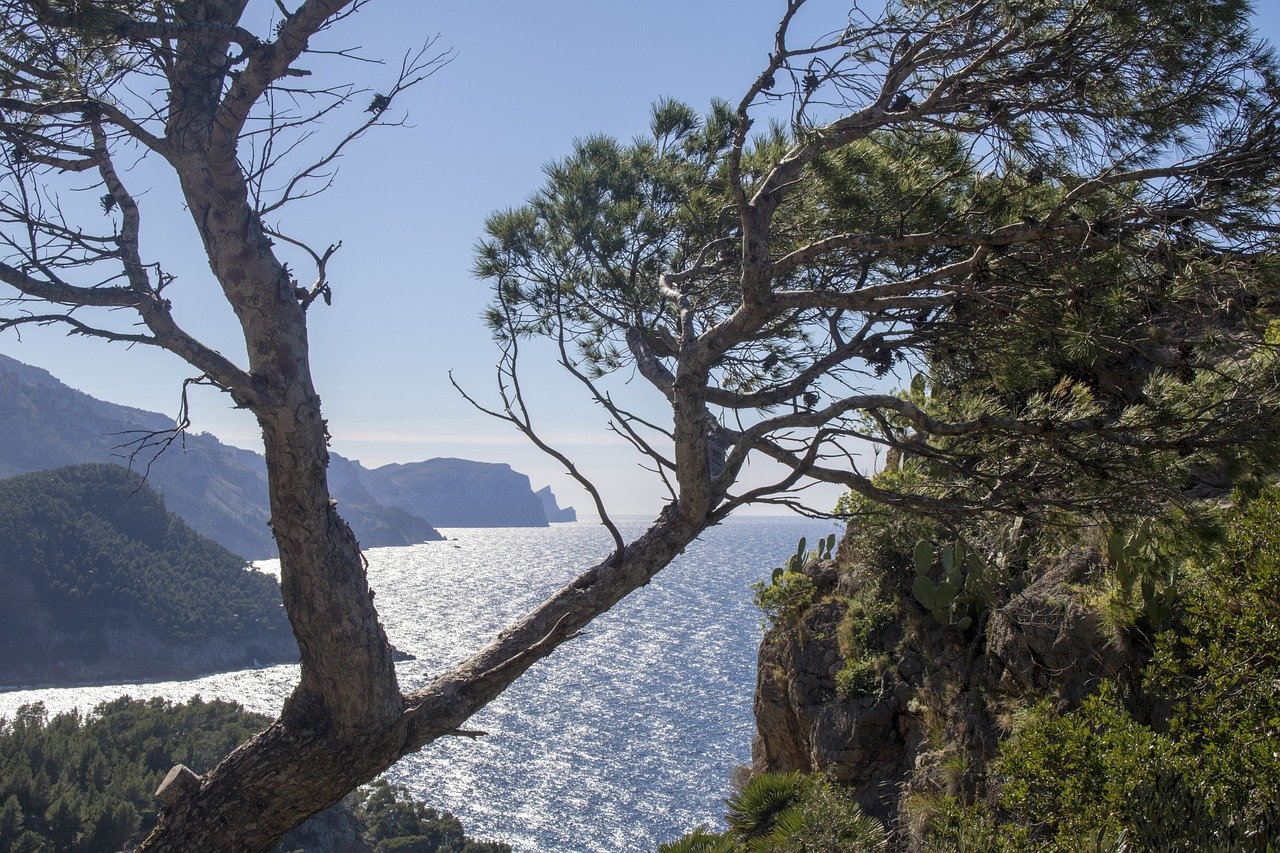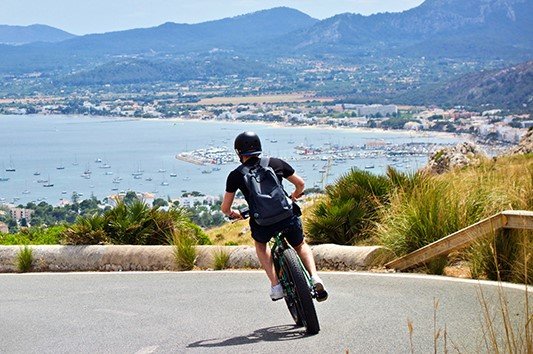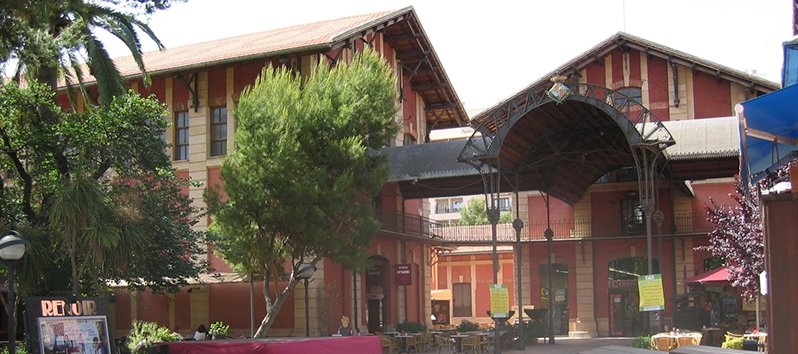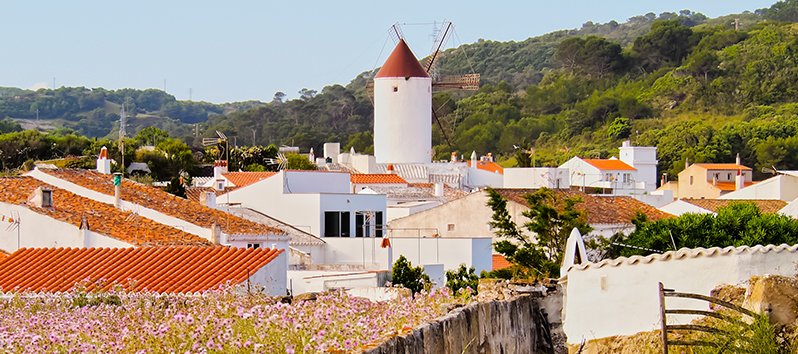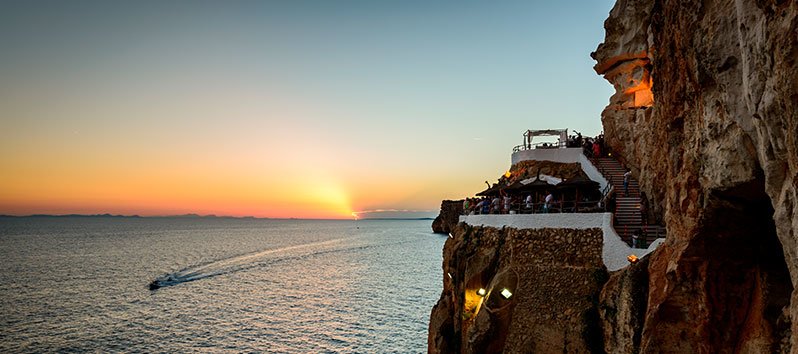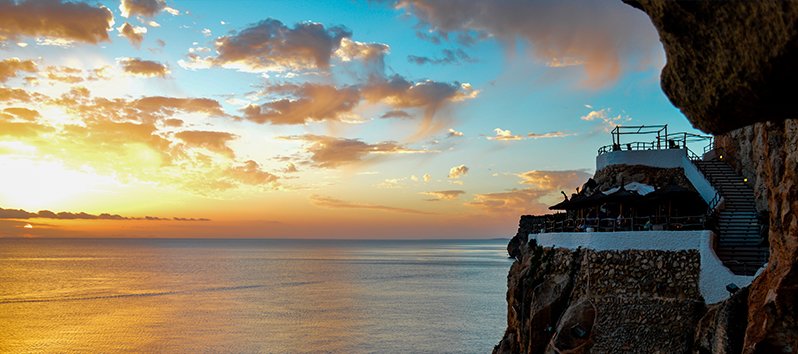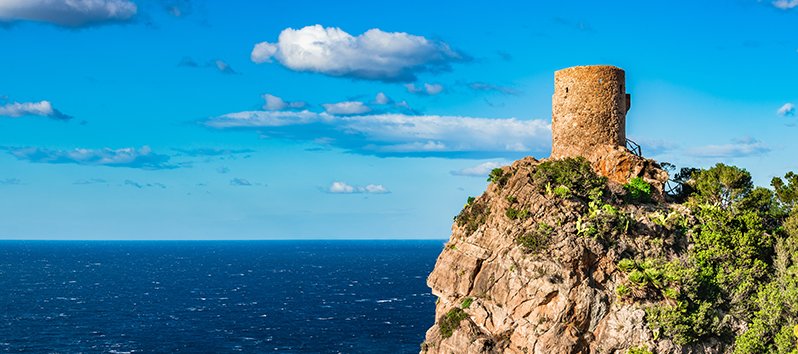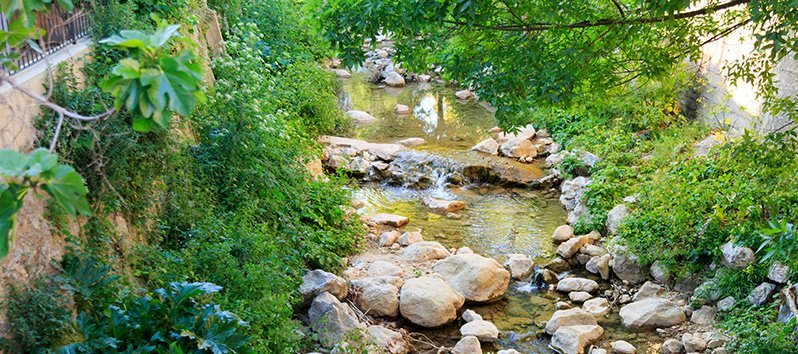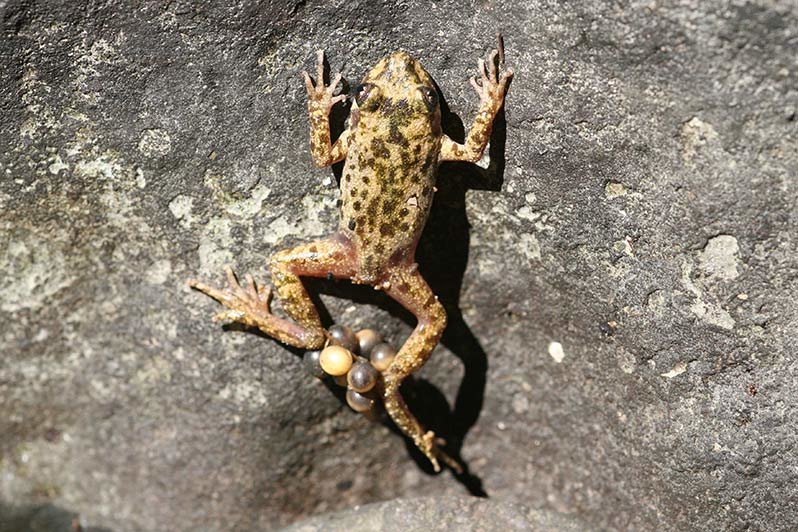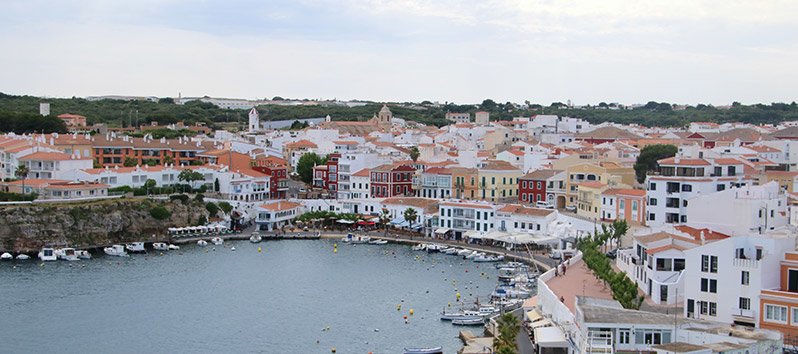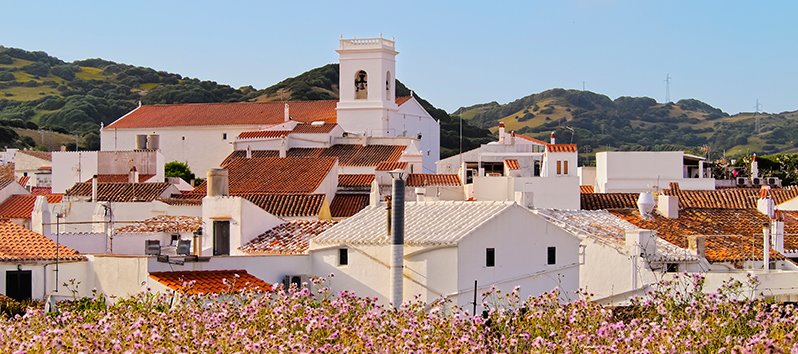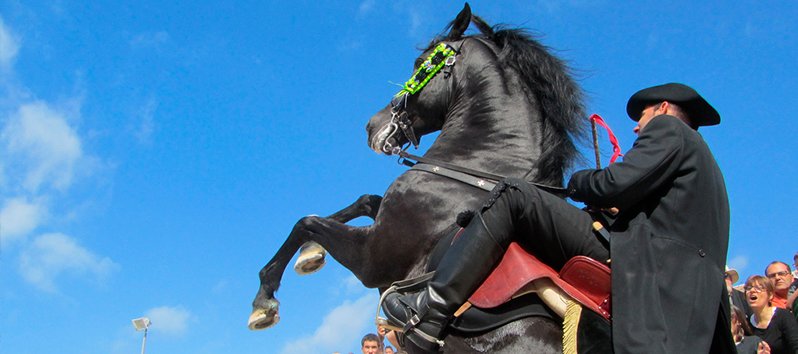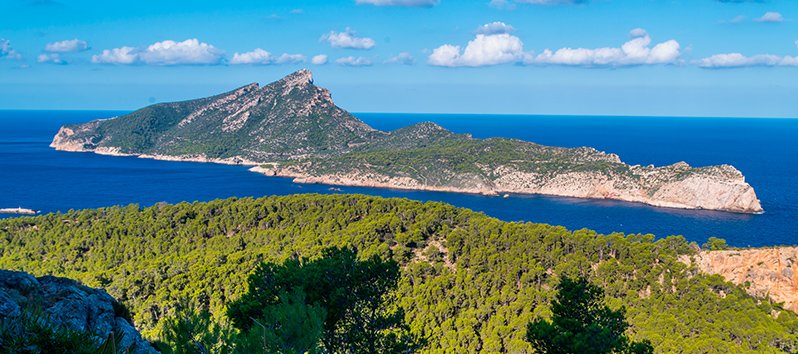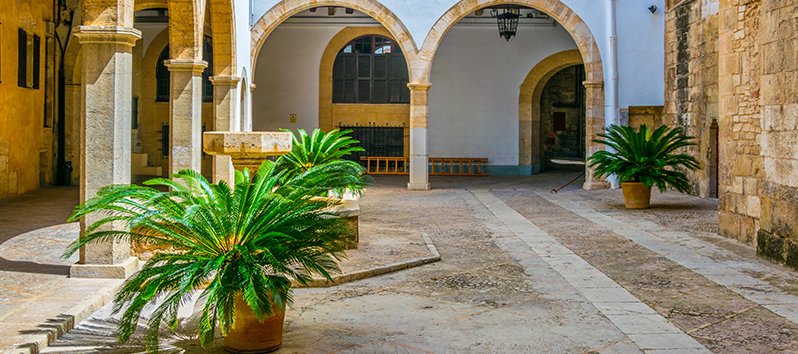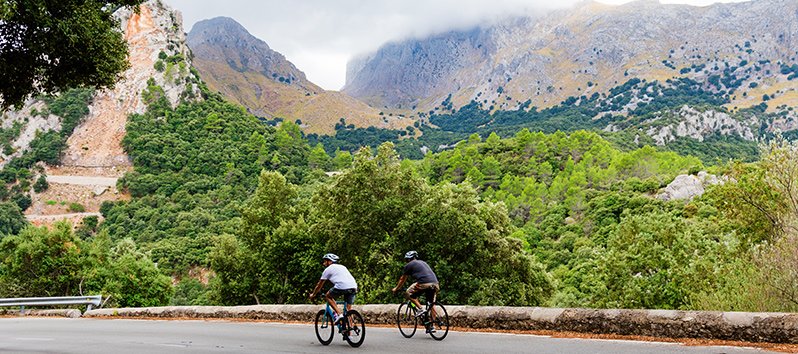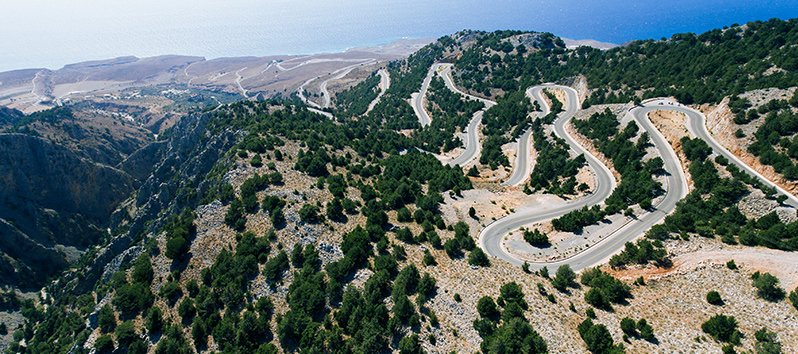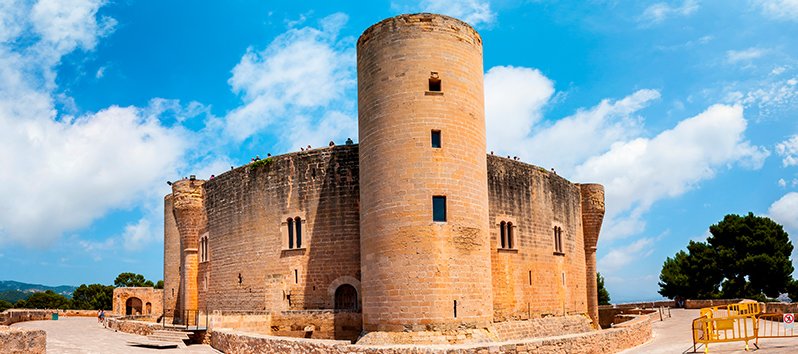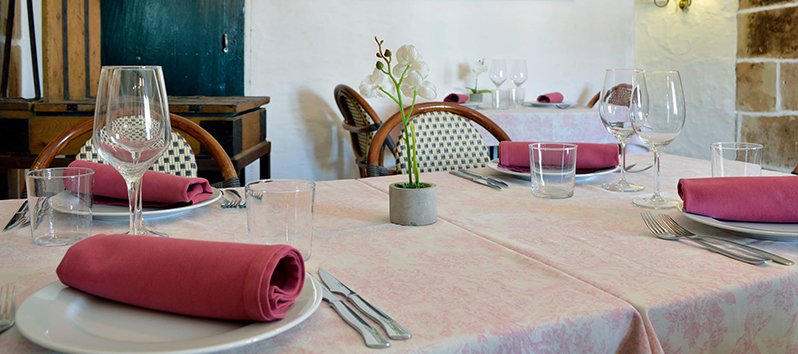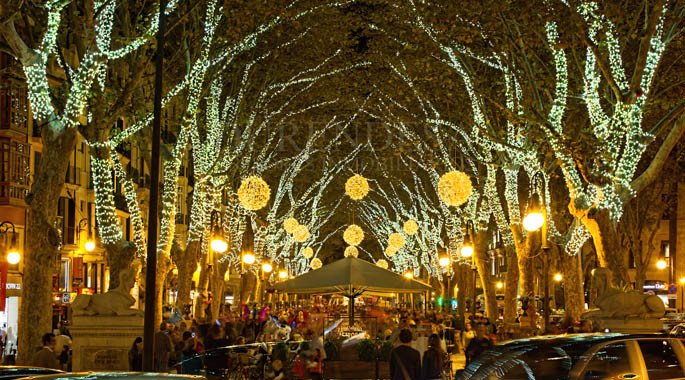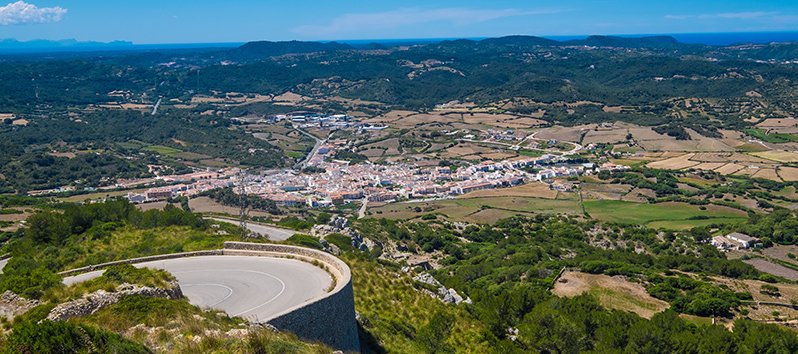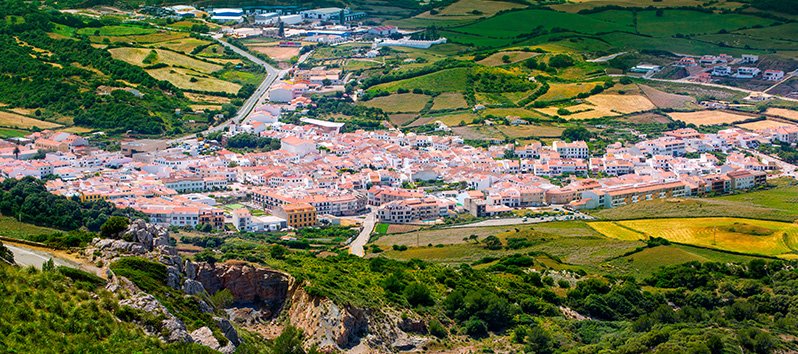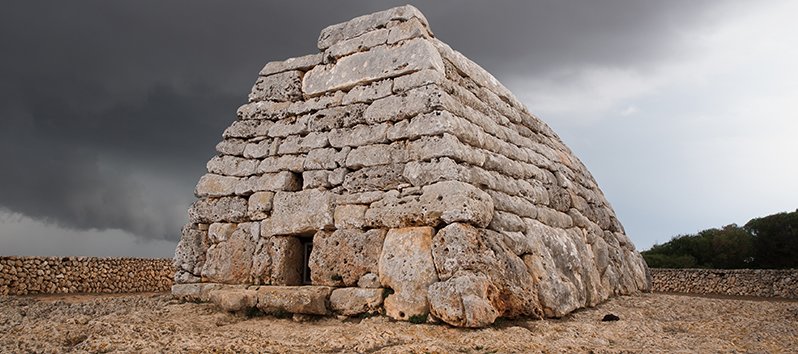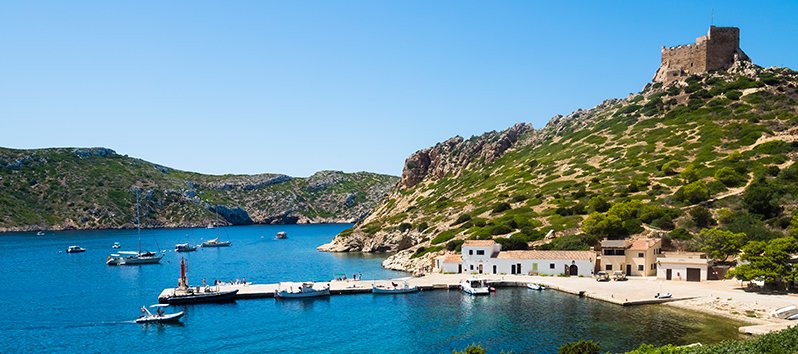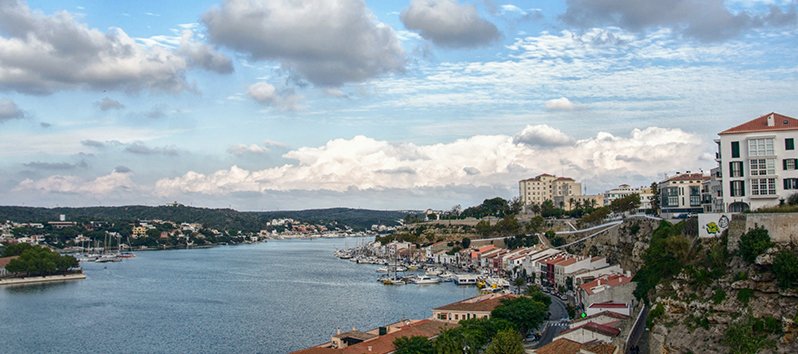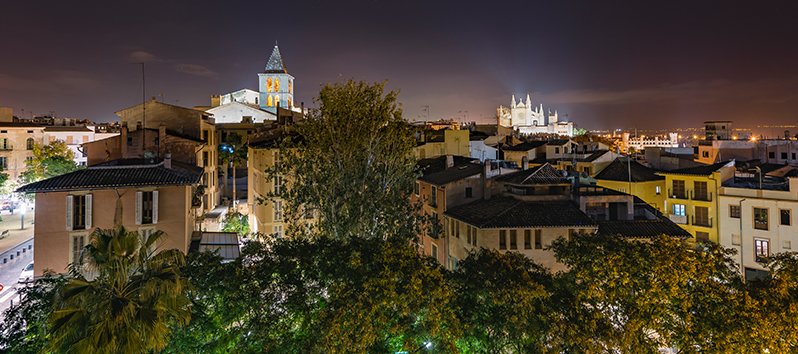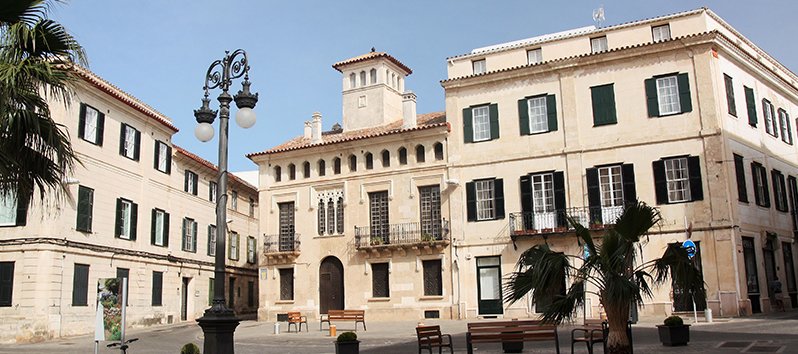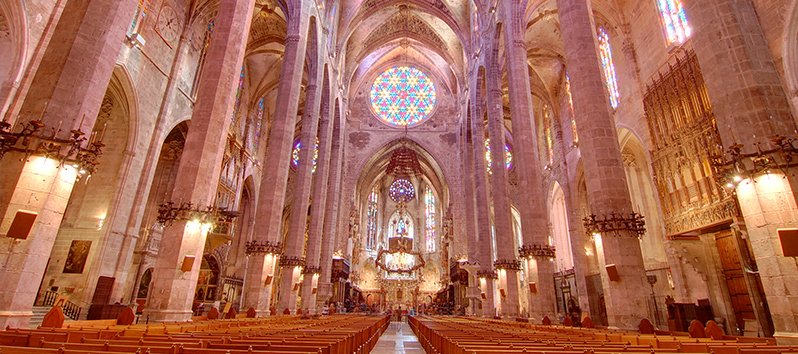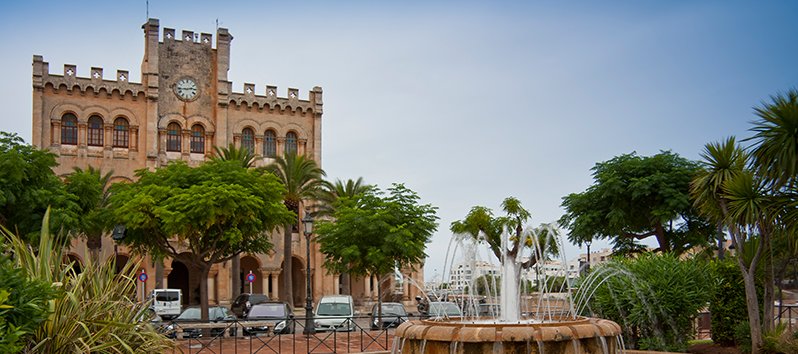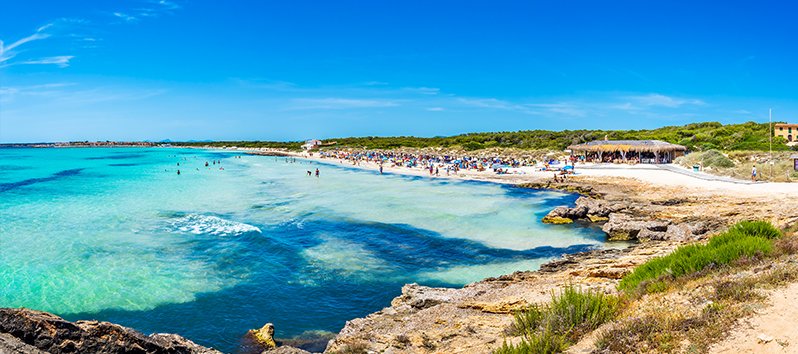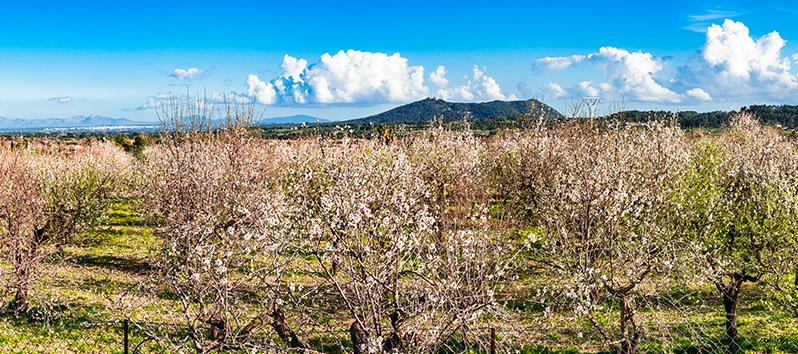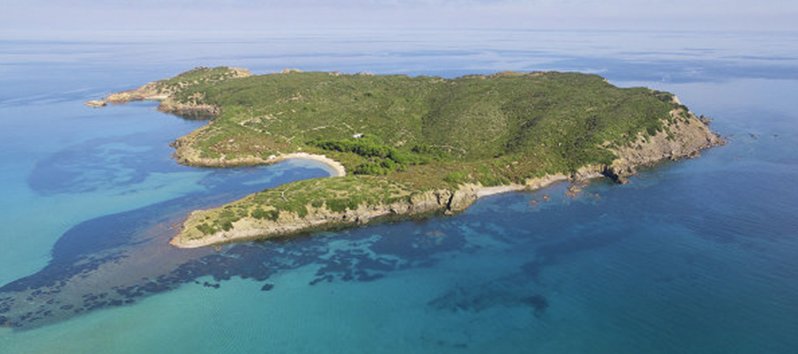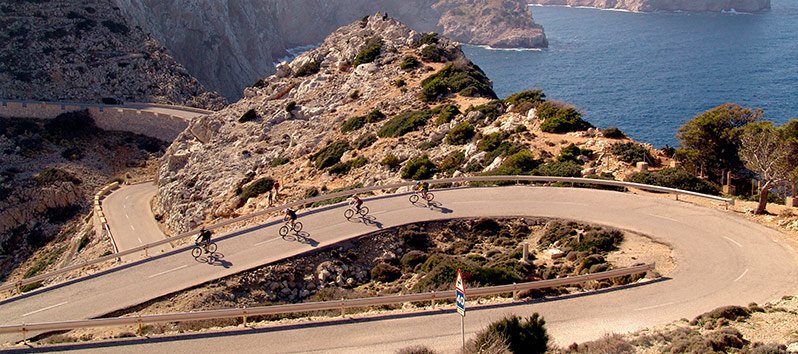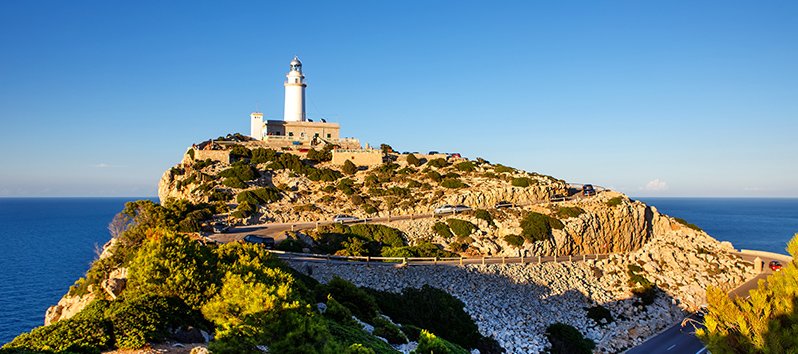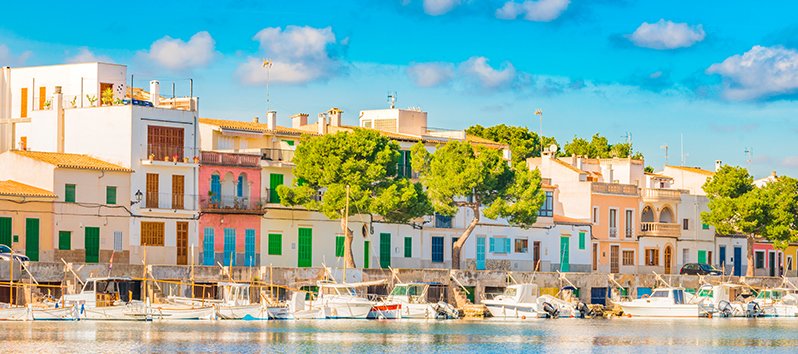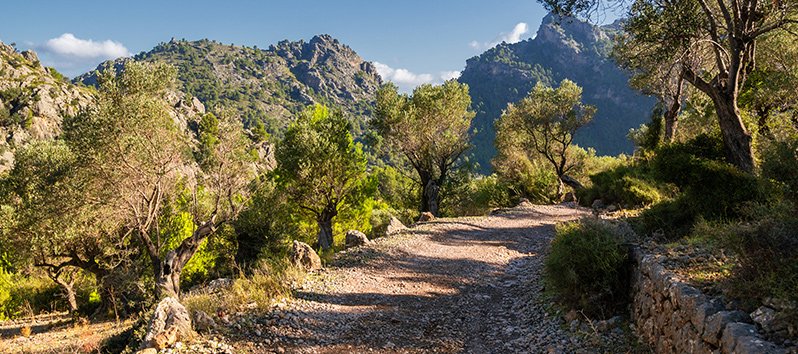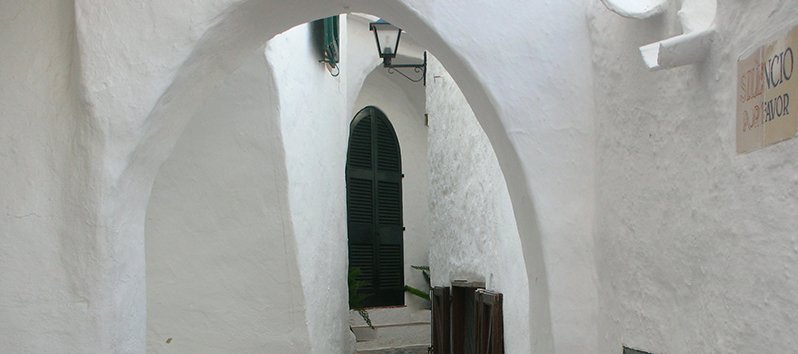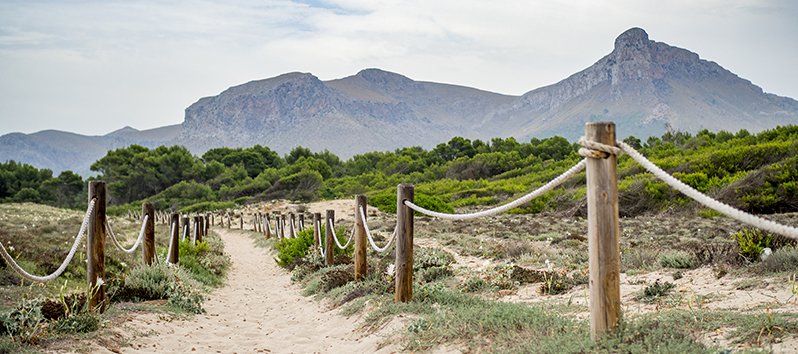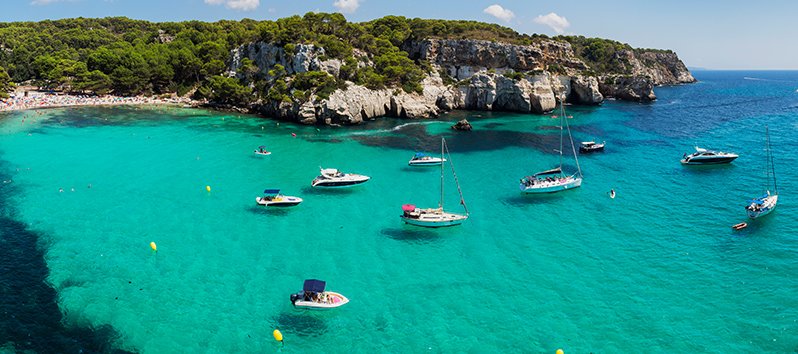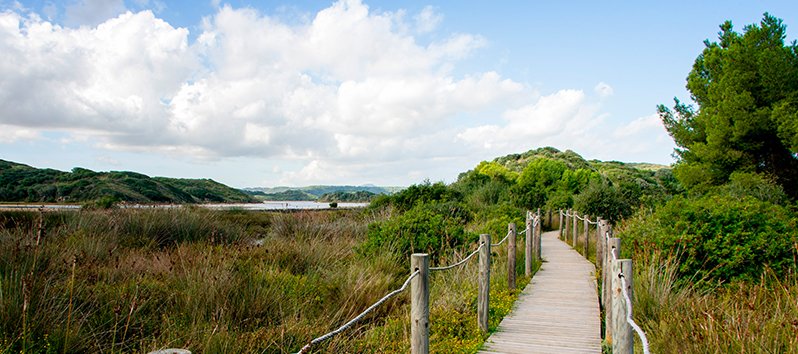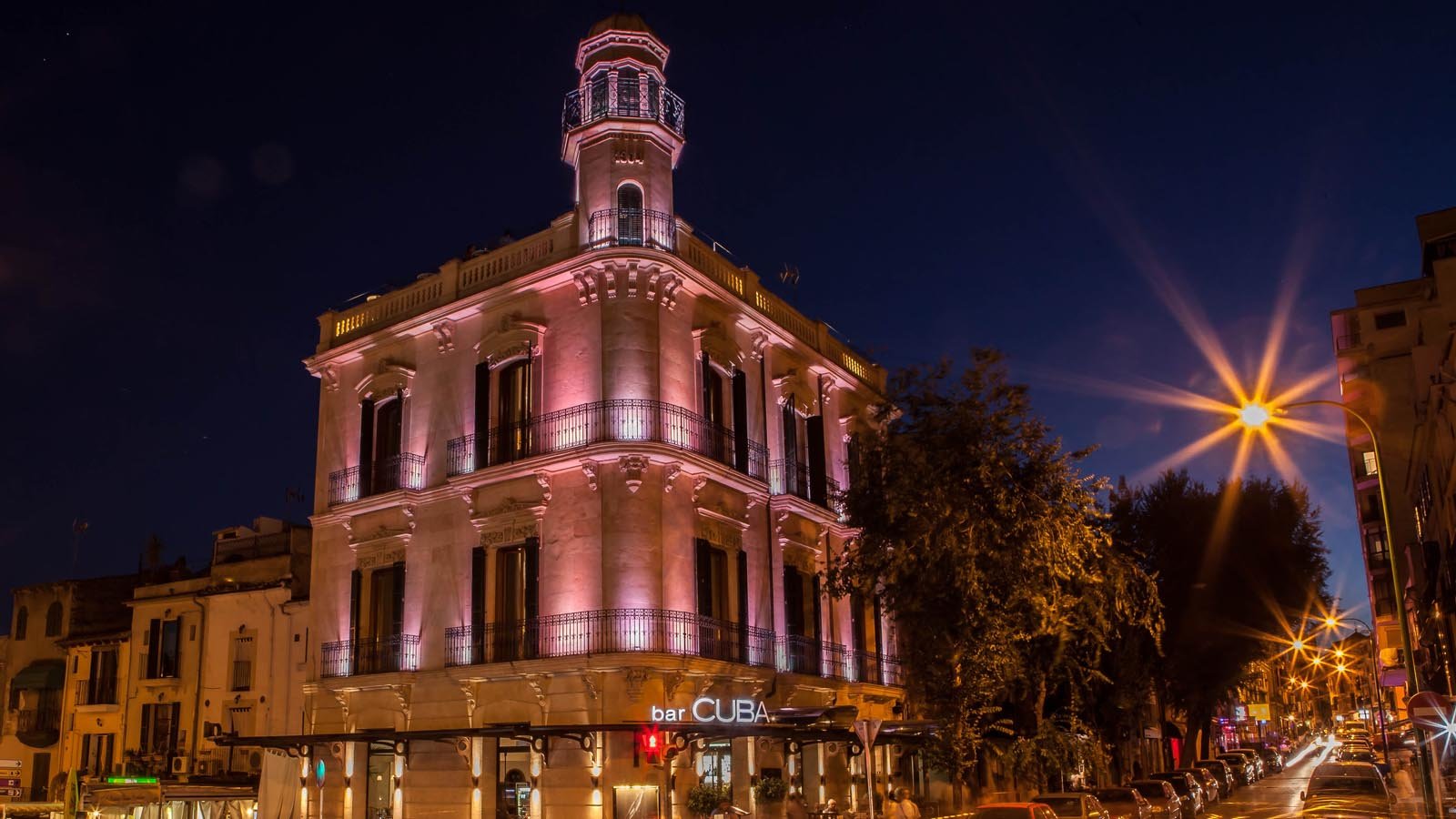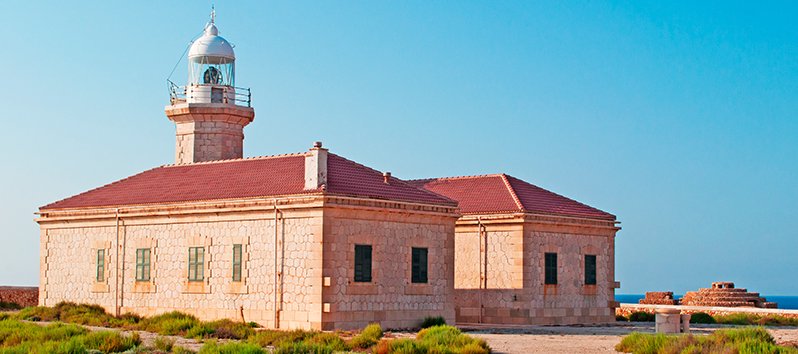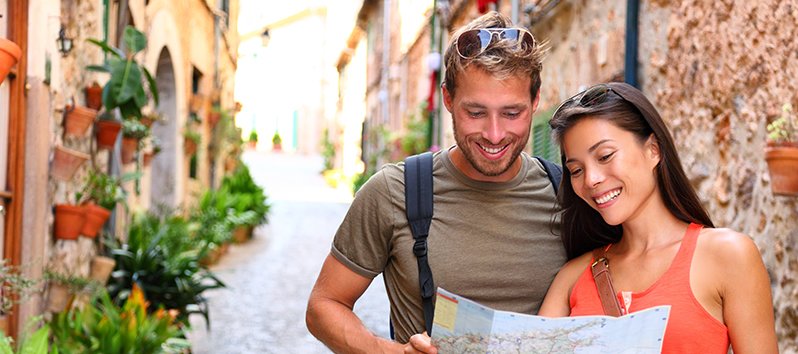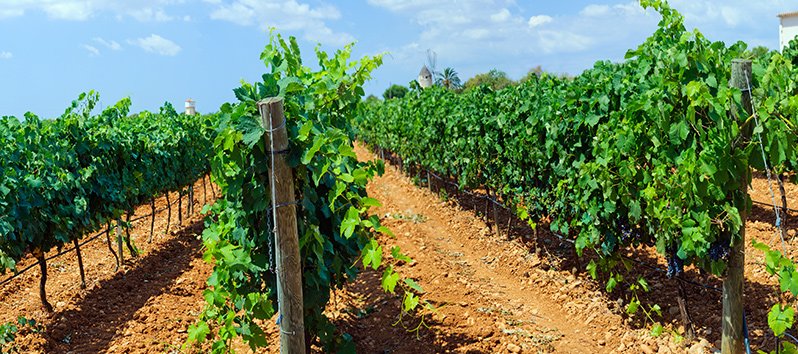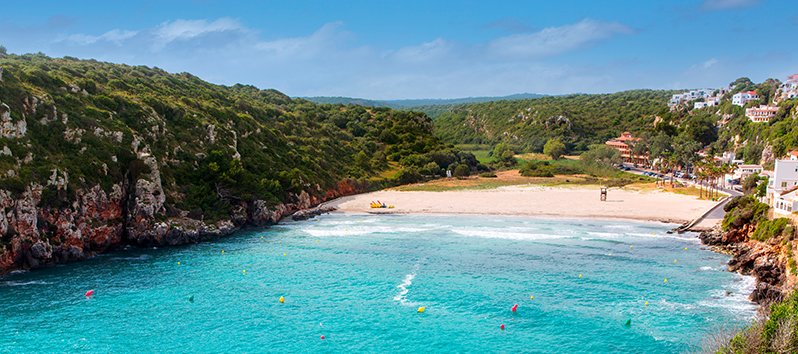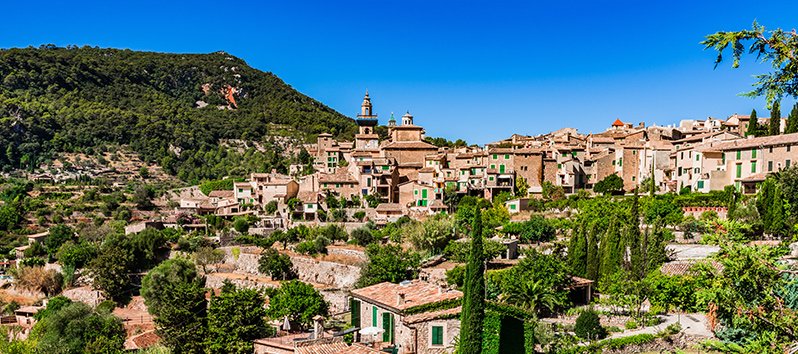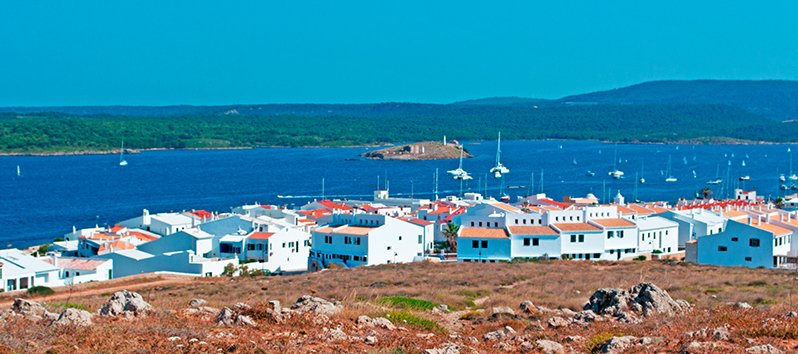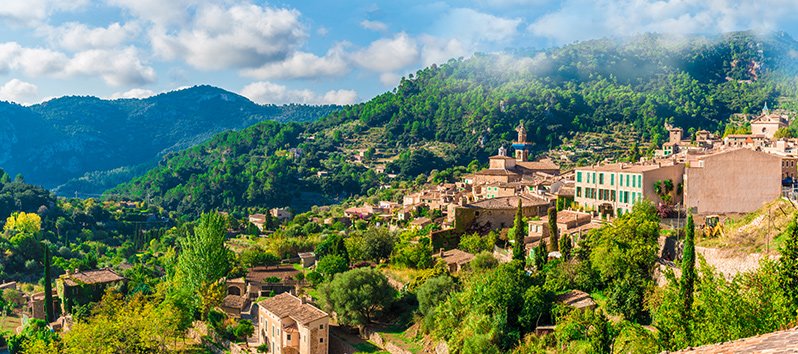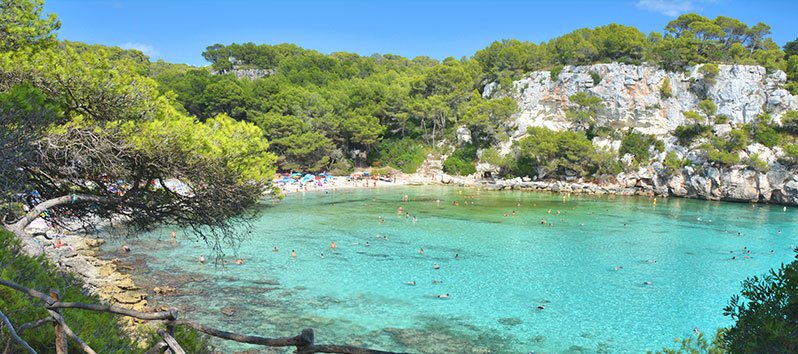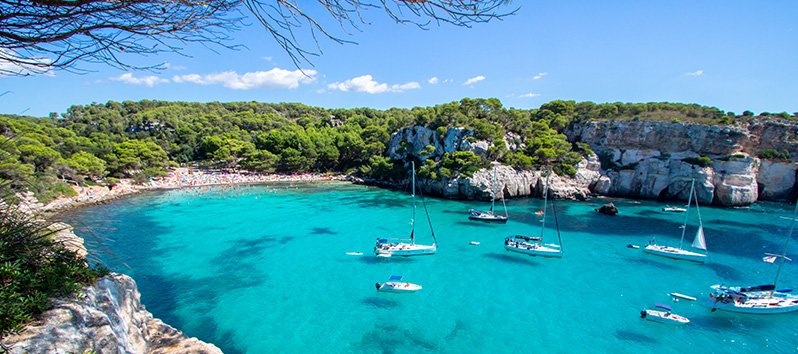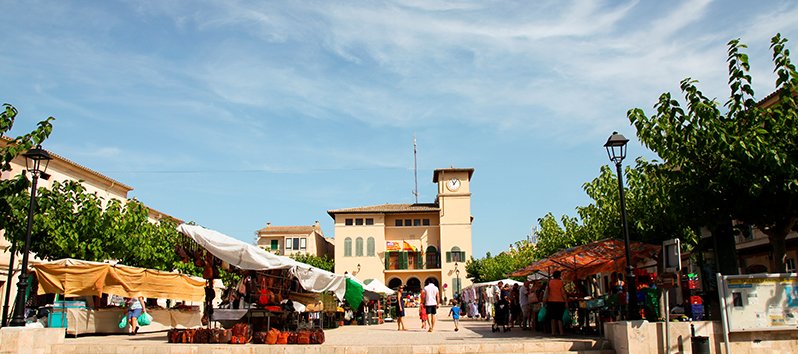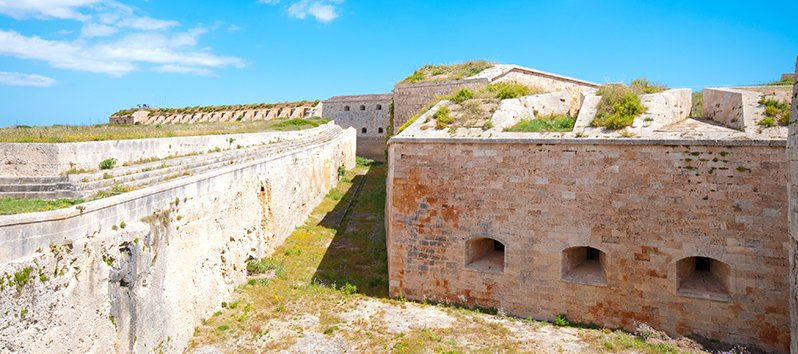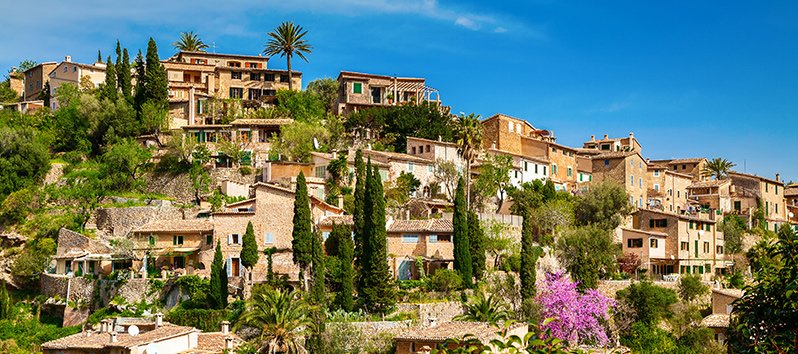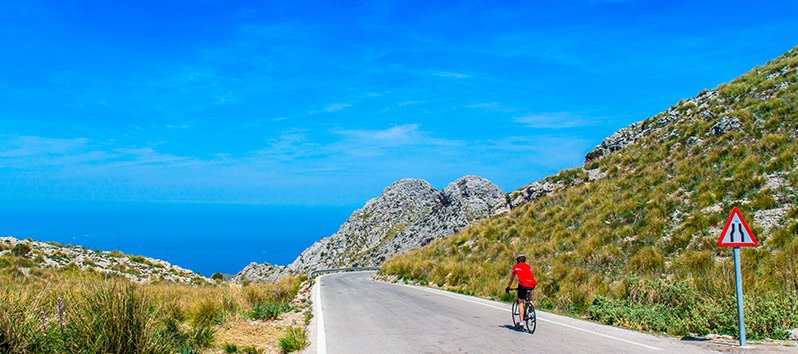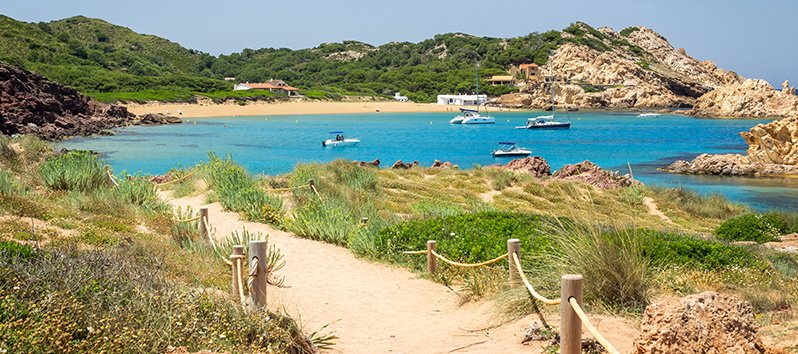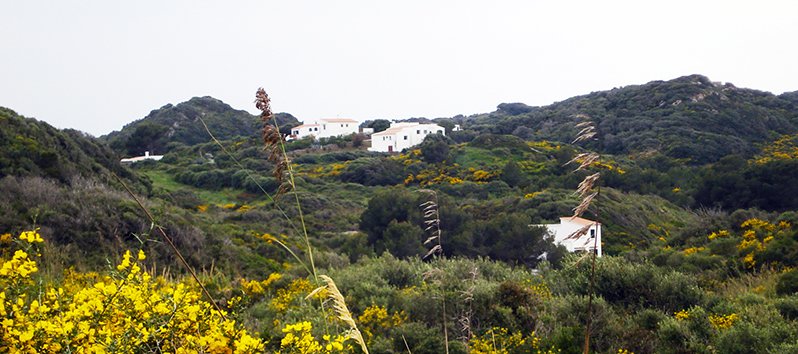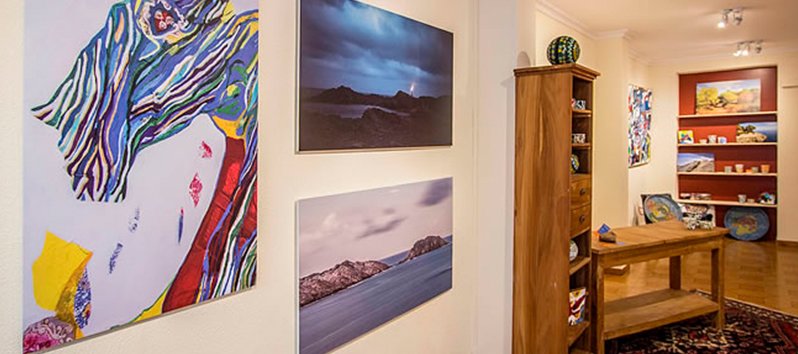Menorca’s history (and of course Mallorca’s too) dates back more than 4.000 years ago, when the descendants of the first inhabitants of the island used to populate the two islands. Its testimony has been left throughout curious architectural relics from a civilization that was able to develop their own culture: The Talayotic culture. Today we are going to talk about the different routes through the Talayotic villages of Menorca.
The high presence of these monuments in Menorca makes the island an archaeological paradise. The total area of the island is 700 km2 and has a stunning number of 1,574 monuments. That makes it 2 monuments per square kilometre.
Naveta des Tudons
Naveta des Tudons is, without a doubt, the most emblematic prehistoric monument in Menorca. The navetas are a unique type of funerary constructions that can be found only in this island. They are in an excellent state of conservation, despite the fact that back in March 2018 these monuments were painted with graffiti.
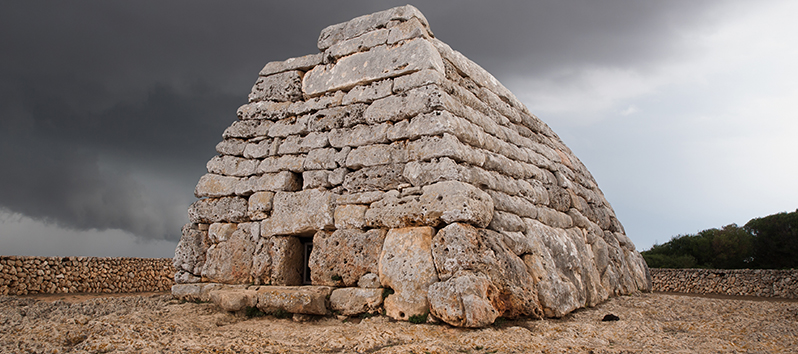
We take this occasion to recommend you to always respect and take care of the surroundings when visiting these kind of monuments. These monuments were used as burial sites. In fact, during its excavation, a hundred bodies with different kinds of goods were found.
Talayotic settlement of Torre d’en Galmés
The Talayotic village of Torre d’en Galmés consists of 6 hectares, making it the largest in Menorca and of all the islands. It is located on top of a hill where you can enjoy stunning panoramic views of the south coast. The location suggest that this small town had a certain power and influence over the rest of Talayotic villages of Menorca. We recommend you to also visit the interpretation centre that you can find in this location.
Talayotic settlement of Talatí de Dalt
This talayotic village is famous for its good state of conservation and for its particular taula. Talatí de Dalt is also home to a necropolis of artificial caves. It preserves that taula sanctuary, some parts of the wall, typical talayotic houses and many hypostyle rooms. The size of the settlement could host back in the day around one hundred people. Thanks to the remains of pottery found here, it was possible to determine that this settlement belonged to a farming community.
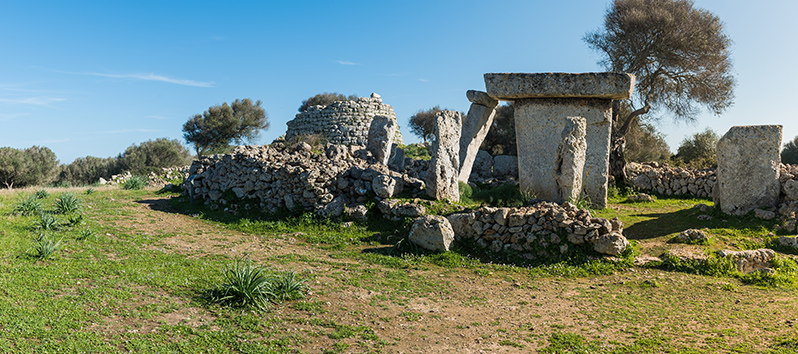
Talayotic settlement of Torralba d’en Salord
Torralba d’en Salord is home to two different talayotic monuments; a hypostyle hall, the taula enclosure and some caves. The taula and the enclosure are the most spectacular remains of the town. It is a cult building built in shape of a horseshoe. The taula on the other hand is built with two large blocks of stone, one horizontal and one vertical.
Talayotic settlement of Trepucó
This village has an area of 5,000 m2. Originally it was totally walled. Now unfortunately just some parts of the walls are still standing. Additionally, in this settlement you can also witness two square towers, two talayots, remains of some houses and the tula enclosure. The houses, with a central courtyard and several rooms can be perfectly seen in the west part of the settlement, thanks to some additional excavations that were done a couple of years ago. The Talayotic settlement of Trepucó was destroyed during the Second Punic War.
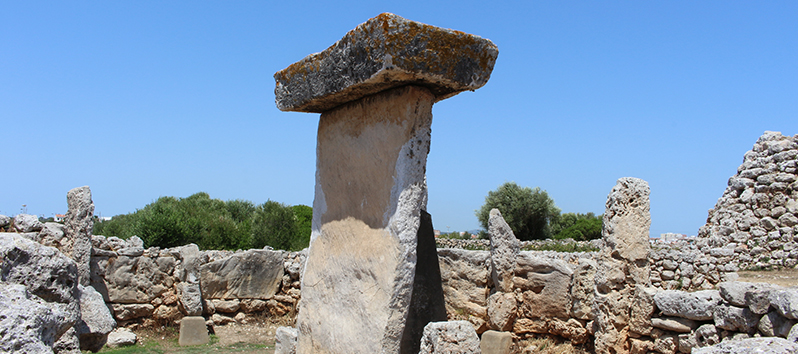
Necropolis of Cala Morell
In the north coast, near the city of Ciutadella, in Cala Morell, is one of the most amazing necropolis of the entire island. It is formed by fourteen artificial caves. The interior of some of these subterranean or hypogeal galleries intended to imitate the circular houses of the talaiotic era. The most spectacular hypogeum has classical architectural motifs in relief on the façade imitating models of Etruscan cornices. In addition to the necropolis you can also visit a pre-talayotic settlement. We recommend you to visit this settlement.
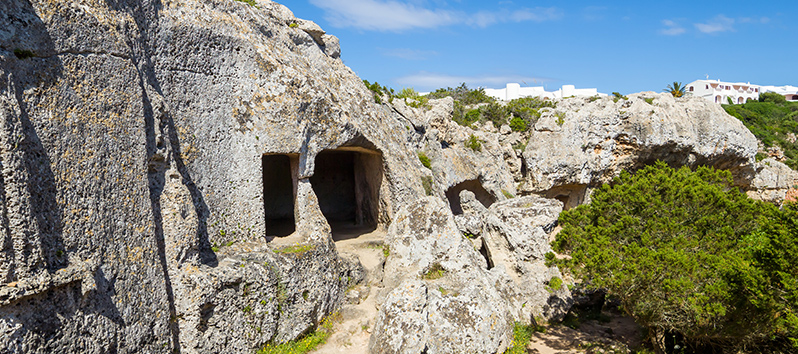
The truth is that there are many more talayotic villages of Menorca. After the Romans came, the invasion of the vandals, Arabs, pirate attacks etc. and despite everything, here they are. This route through the talayotic villages of Menorca surely is worth a visit.

